How These Run Clubs Turn Grief Into Unstoppable Strength—Unlocking a Healing Power You Never Knew Existed
Ever wonder if running could be more than just a way to break a sweat or chase a new PR? For Myra Sack and countless others, lacing up sneakers isn’t about the finish line—it’s about honoring those who’ve left us too soon. Imagine a Sunday morning run where each step carries the weight of remembrance, and every name spoken is a heartbeat of a loved one lost. That’s the essence of E-Motion, a Boston-based crew transforming grief into movement, proving that sometimes the best therapy isn’t just talking—it’s running alongside others who get it. Whether it’s the flash of a violet like Myra’s daughter’s favorite color or the quiet solidarity of shared strides, these communities redefine what it means to heal. So, what if your next run could be a step toward mending a fractured heart, one mile—and one memory—at a time? Dive into this journey where sweat meets solace and community lights the way through the toughest miles. LEARN MORE
MYRA SACK looked around the circle at the other people who were geared up for their weekly Sunday morning run. They started as they always did, by each saying a name. These names represented a loved one who died—the reason why each person joined E-Motion, a Boston-based running group for people grieving the death of a loved one. As always, when it was Sack’s turn, she said the name of her daughter, Havi, who died in 2021 when she was 15 months old.
The group set out on a slow jog. The first mile was always a quiet one. Along the way, Sack kept her eye out for flashes of violet, which she would always think of as Havi’s color, the hue that seemed to make her baby girl feel most relaxed, calming the spasms and seizures that were so disrupting. She reflected on her daughter’s short, impactful life, consciously running to remember her, not to forget her.
After the first mile, the group started breaking up into small groups with easy conversation flowing between them. Some were training for a marathon at a quick clip. Others were walking. But everyone was there for the common purpose of moving through their grief one step at a time.
A lifelong runner, Sack says that after Havi was diagnosed with Tay-Sachs disease, a metabolic disorder, running became her lifeline. “It was how my husband and I processed every heartwrenching milestone,” she says. After Havi died, Sack started a very informal running group for other people grieving a death. Soon, word spread, and the group of 18 committed to training for a half-marathon for 10 weeks together.
“After the 10 weeks, we wanted to keep running together and E-Motion was born,” Sack says. The run club, which is specifically for people grieving the death of a loved one, currently has communities in 25 cities across the U.S.
People join run clubs for all sorts of reasons: to make new friends, expand their dating pool, and race train. (There was a 59 percent increase in new run clubs in 2024, according to Strava data.) But running to cope with grief is a different reason entirely and it’s a purpose a growing subgroup of run clubs is devoted to. Besides E-Motion, there’s the Austin-based run club Good Grief, Dead Dads Run Club in New York, Wear Blue: Run To Remember, a non-profit run club honoring the lives of U.S. military members, with community runs in 21 cities across the U.S., among others.
Why Running Can Be An Impactful Path Through Grief
Mary-Frances O’Connor, PhD, a professor of clinical psychology and psychiatry at the University of Arizona and the author of The Grieving Brain, explains that there are two primary physiological responses that occur in the body after the death of a loved one: protest and despair. “The protest reaction is a feeling of, ‘where are they? I must find them.’ It’s very restless. Despair is the realization that the person isn’t coming back,” O’Connor says. She explains that this causes very real stress on the body, raising cortisol levels.
Running—the act of putting one foot in front of the other at a steady pace—can help ground a grieving body, O’Connor explains. “Human beings find predictable, repetitive patterns soothing. That soothing can support a nervous system that’s coping with grief,” she says.
The Healing Power Of Running Together
Sam Hendel set out to explore Austin’s run club scene as a coping mechanism in 2022, after her mom and dad were both diagnosed with cancer in the same week. “It was a lot to process,” Hendel says. She started seeing a therapist, who suggested setting a big goal to work toward, leading Hendel to sign up for her first marathon.
Austin had no shortage of run clubs, but none were quite what Hendel was looking for, especially after her mom died later that year. “So many run clubs I went to focused on dating, which is fine, but wasn’t why I was going. I wanted a community that could help me grieve in a healthy way,” she says. With that in mind, she created Good Grief in 2024.
Twenty people came to the first run. “I got up on a table, shared my story and it’s just grown from there,” Hendel says. The structure of each weekly meetup (every Monday at 7 a.m., using a coffee shop as home base) is the same. Hendel says a short welcome, explaining the purpose of Good Grief and outlines the distance and route. Runners can choose between a two-and-a-half and four-mile run, and there are 8- to 11-minute pace groups.
“The pacers are equipped with knowing what to say if someone wants to talk about their grief, and some questions they can ask to make them feel less alone,” Hendel says. After the run, Hendel says people often talk to her—or others—about what brought them there. And Hendel is quick to share more about her story too.
Every run, Hendel says, is a way for her to remember her mom. “There are a lot of things about the run club I did to purposely remember her,” she says. “The branding is yellow because she used to plant sunflowers in her garden every summer and the ‘R’ and ‘I’ in ‘Grief’ are styled a certain way to set them apart because her name was Rita.”
Hendel says that what sets Good Grief apart from other run clubs is knowing that other people you’re running with are going through something similar. If you want to run in silence, you don’t have to explain why. And if you want to talk about your sadness, you don’t have to worry about bringing the mood down, something Hendel says she used to worry about at other run clubs.
O’Connor agrees that the community aspect of running through grief makes it an especially powerful way to heal. “Social support is one of the biggest predictors for mental health after bereavement,” O’Connor says, adding that this doesn’t always mean talking about your emotions. “It’s knowing that there are people you can trust who understand what you are going through,” she says.
Running with others is a form of co-regulation, says Mike Gortowski, LCPC, a licensed clinical professional counselor with True Mind+Body in Illinois, and who leads a program that combines therapy with movement. “When you’re running side-by-side with someone, you’re sharing a rhythm, and it sends a signal that you have others to show you that the world is okay.”
Similar to Good Grief, the E-Motion run club meetups are always structured the same, Sack says. Sack became a certified compassionate bereavement care facilitator after her daughter died and she infused her knowledge into E-Motion’s structure. At the beginning of every meetup, she leads the group through a 10-minute visualization that allows runners the opportunity to name the person they are grieving and reflect on them. Then, everyone (whether they’re running or walking) sets out for a quiet first mile. After that, small groups or pairs form, allowing the opportunity to talk or continue running in silence.
Rachel Elizalde, who lives in Washington, joined Wear Blue: Run To Remember after her younger brother died in Iraq in 2007. “Before my brother deployed, we lived together and we made a commitment to run a half-marathon together when he came back from deployment,” Elizalde says.
For her, it was an ambitious goal. “I was not a runner at all, but my brother was always pushing me to go outside my comfort zone, which is why he asked me to run the race with him,” she says. Unfortunately, her brother never came home. Still, Elizalde decided to hold up her end of the commitment and ran the Seattle Rock and Roll Marathon in 2010.
While running, she saw a bunch of people in blue T-shirts holding American flags. After the race, she went up to them to find out who they were. This was her introduction to the Wear Blue: Run To Remember community. “Everyone in Wear Blue is a parent, child, sibling, or spouse of someone who died while serving our nation. It doesn’t matter how they died. Some were killed in action. Some from training accidents or illnesses. One person’s loved one had a heart attack while on deployment. Some died by suicide,” Elizalde says.
There are Wear Blue community clubs across the country and Elizalde says they are all structured the same way, with the club leader stating who they are as a community and each person calling out the name of a fallen service member. “We hand out strips of paper and each person writes their loved one’s name on it. If someone sees our group and asks us who we are, we let them know what’s on the strip of paper; that it represents someone who’s missing at home,” Elizalde says.
Striking A Balance
Of course, it can be hard to find the motivation to go for a run even when life is going great, but the heavy exhaustion of grief can make it especially challenging. “The exhaustion felt during grieving comes from the body constantly shifting between survival states,” Gortowski says. He explains that, when grieving, the body alternates from being in fight-or-flight mode to a complete shut-down state. “In that state, everything feels heavy,” he says.
When grieving, the experts say rest and movement are both important. Running excessively, both agree, can impede healing. “Running as a coping mechanism for grief can become problematic if physical activity is being used to stop ourselves from thinking or feeling,” O’Connor says, adding that running beyond one’s energy capabilities or to the point of injury are both signs of this.
The key, Gortowski adds, is finding balance between movement and rest.
“When you’re grieving, rest allows the body to reset. But if you only rest, you’re at risk of getting stuck in that complete shut-down state,” Gortowski says. To know what you need on a given day, run, or even moment, he says to pay attention to how your body feels as you move. Does moving make you feel more energized, or does it leave you drained? Once you recognize how you feel, adjust your activity level accordingly.
Lifelong Connections
Now, 15 years later, Elizalde has done more half-marathons, marathons, and Ironmans than she can count and leads Wear Blue’s endurance program, a group of 12 people across the country who meet virtually once a month to share race training tips. “We have a group chat that is constantly going off,” Elizalde says. Sometimes, she says, it’s to share funny stories. Other times, it’s to ask for support on an especially hard day.
As for Good Grief, Hendel says it’s grown to become the community she craved. “Good Grief has honestly changed my entire life,” she says. “I have met the most incredible friends. Community is such a buzzword, but genuine community and friendships come from being vulnerable. Moving with people and being able to talk about your grief is different from building friendships by going out to happy hour.”
Sack, too, has made long-lasting, meaningful friendships from her club. “It’s been incredible to witness how profoundly the power of running and movement as a community has been profoundly life-changing for people,” she says. “As a society, if we invested more in that, we would be a much healthier, more compassionate world.”
But most importantly, E-Motion helps her maintain a bond with her daughter. “[E-Motion] has been an incredible source of connecting my deepest pain and it’s also the way I imagine Havi’s essence existing in the world. In some ways, she’s at the center of it all, and in other ways, she’s very much a quiet observer.”
As grief run clubs continue to grow in popularity (a ripple effect from the growth of run clubs in general), there’s a good chance that there’s one near you. To find them, Meetup.com is a great place to start. Can’t find one? Consider reaching out to a local therapy clinic to gauge interest or a potential partnership. Sometimes, all it takes is a social media call-out, dedicated place to meet, and showing up. Chances are, you won’t be alone.
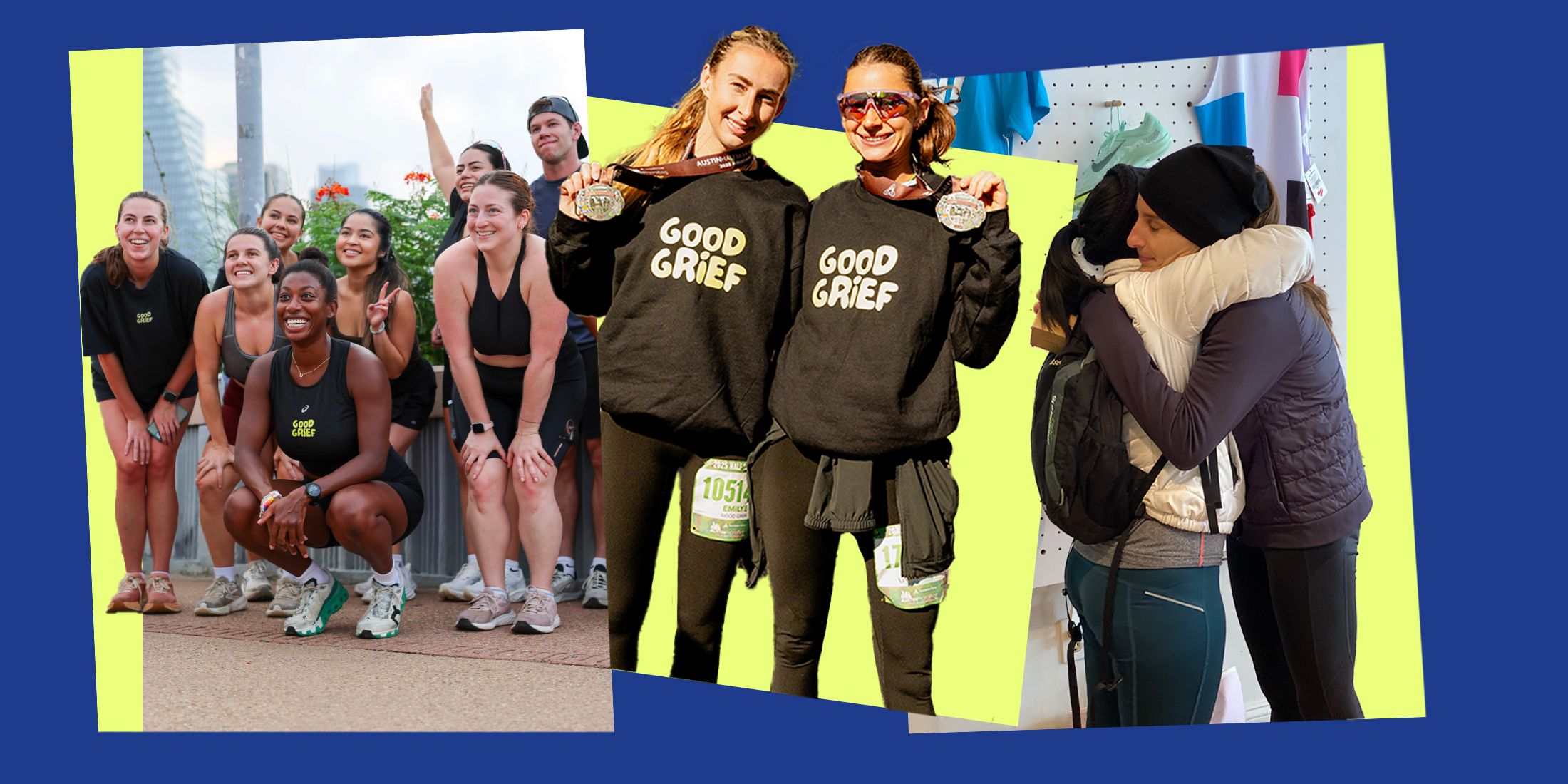










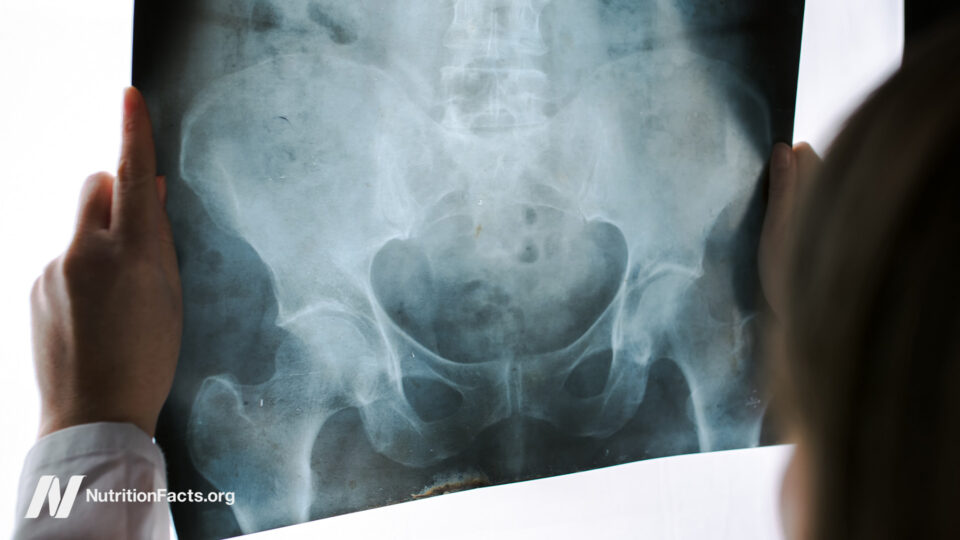


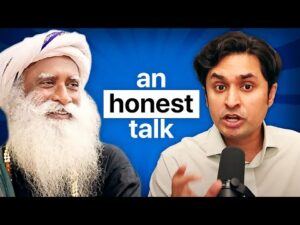



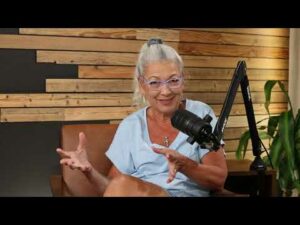




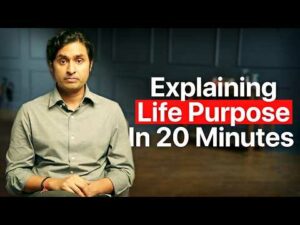

Post Comment